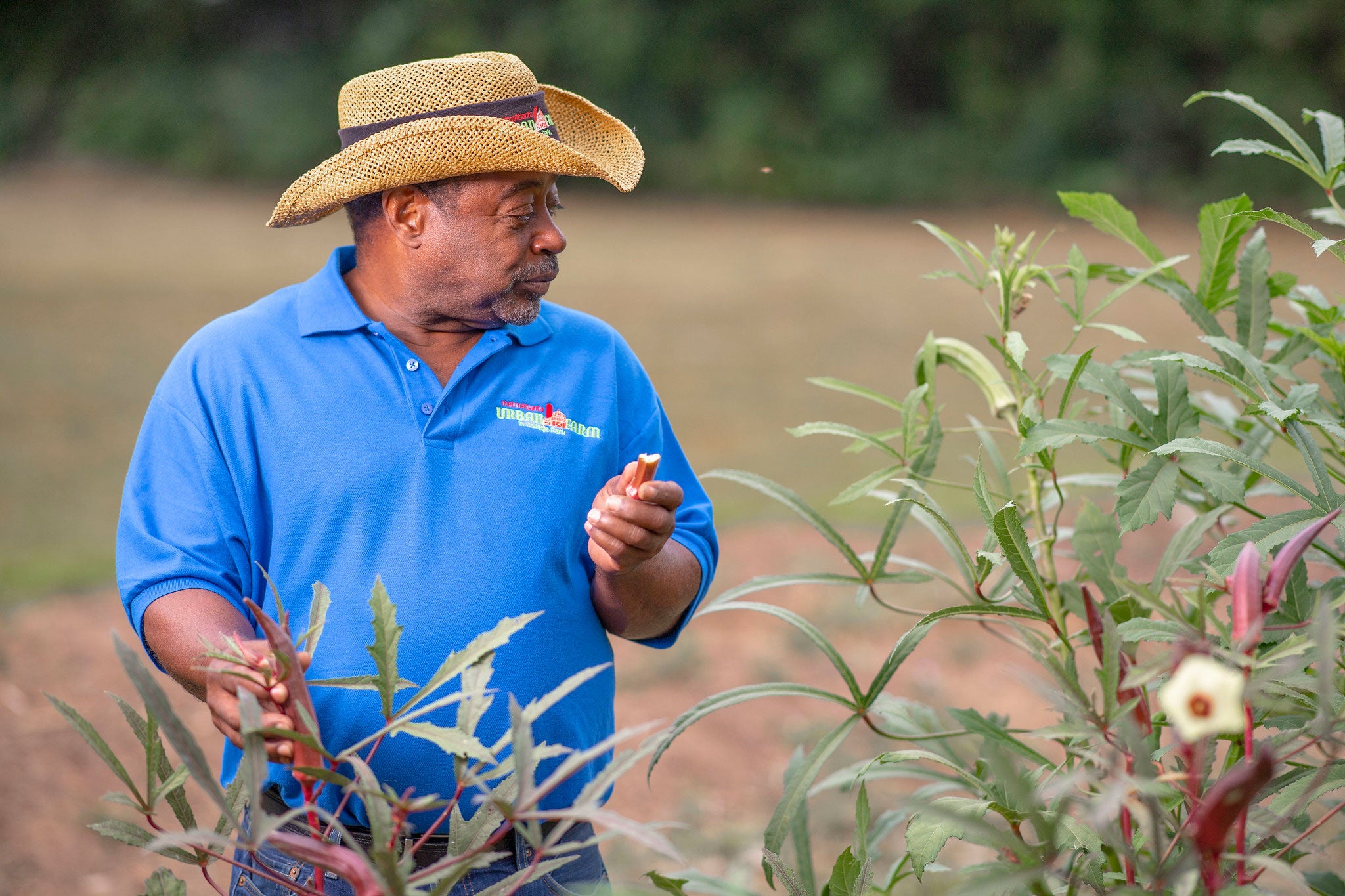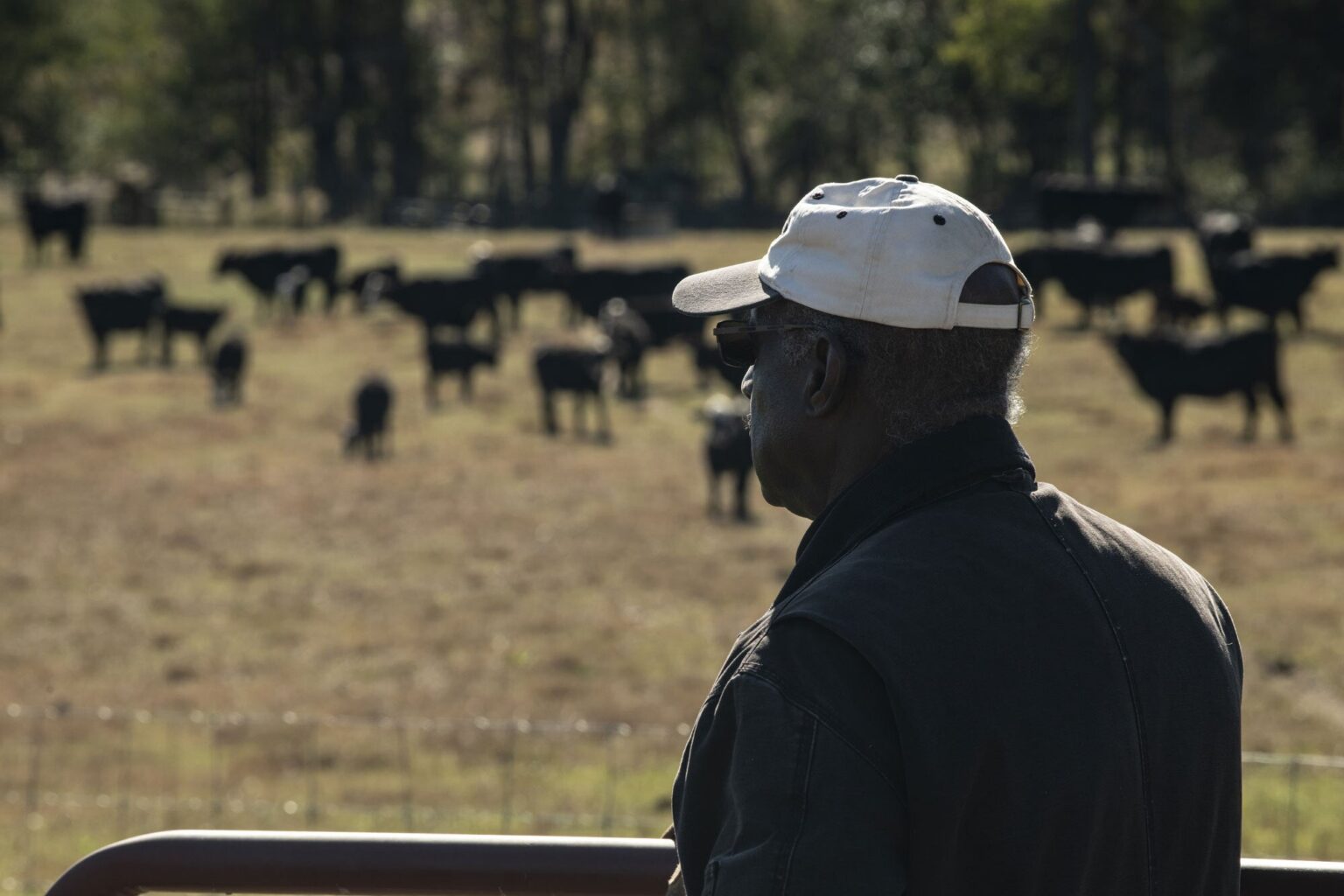On July 10, 2025, a quiet but seismic shift occurred deep within the corridors of the U.S. Department of Agriculture, one with ripple effects for farmers of color, women producers, and the broader drive for inclusion in American agriculture. The agency issued a final rule stating it will no longer use race- or sex-based “socially disadvantaged” classifications in many of its grant, loan, conservation, and rural development programs, citing constitutional concerns.
That phrase, “socially disadvantaged,” has long been more than bureaucratic shorthand. For decades, it represented a pathway, however imperfect, into federal supports for farmers who were systematically excluded: Black, Indigenous, Hispanic, Asian, Pacific Islander producers, and women. Now that designation is gone, and with it, a signal that the rules of access are shifting again.
The “socially disadvantaged” label dates back to the early 1990s, when Congress first directed the USDA to recognize the lasting effects of discrimination in its farm programs. It acknowledged that race, ethnicity, and gender had shaped access to land, capital, markets, and technical assistance. Programs like the Outreach and Assistance for Socially Disadvantaged Farmers and Ranchers, often called the 2501 Program, were built around this concept.
In its new rule, the USDA wrote that “past discrimination has been sufficiently addressed and that further race- and sex-based remedies are no longer necessary or legally justified under current circumstances.” The agency said in the 2022 Census of Agriculture: Black-operated farm size reaches record high ends to administer programs “in a manner that upholds the principles of meritocracy, fairness, and equal opportunity for all participants.”

This decision followed mounting legal pressure. In 2024, federal courts restricted the USDA from using race- and gender-based criteria in pandemic and disaster relief, prompting the department to reevaluate long-standing inclusion frameworks. The final rule, published in the Federal Register, formalized this shift away from identity-based eligibility.
On the surface, the rule may sound like progress: remove racial or gender considerations and treat all applicants equally. But in practice, equal treatment doesn’t always mean equitable access. For farmers who have faced decades of structural exclusion, this change eliminates one of the few mechanisms designed to correct those imbalances.
In Colorado, one farmer told KUNC News that the effects of discrimination are far from over.
“We still have a lot of hurdles,” she said. “The damage that was done was so severe.”
For many like her, targeted USDA programs were a way to rebuild, helping small producers, women farmers, and farmers of color access credit, equipment, and conservation support that had historically gone elsewhere.
Those opportunities have been limited even with the programs in place. According to the 2022 Census of Agriculture, only 4.5 percent of U.S. farmers identify as a racial minority or mixed race. For Black farmers, that number hovers just above 1 percent. These disparities aren’t artifacts of history; they’re the result of ongoing barriers, from loan denials to land loss to lack of generational wealth.
When the USDA states that discrimination has been “sufficiently addressed,” it raises hard questions: who gets to decide when inequality is over? What data supports that conclusion? And who will be most impacted when those acknowledgments disappear from federal policy?
The USDA’s move marks a shift from targeted equity to so-called neutrality. But neutrality can disguise the realities of unequal starting points. Two farmers may apply for the same loan, but the one with inherited land, established relationships, and access to credit will always have a structural advantage over the one without those things, especially if the system no longer accounts for them.
The change also reverberates across the agricultural industry. Minority farmers contribute to food system diversity, resilience, and innovation. They are often at the forefront of sustainable practices, urban agriculture, and community-based food access. Reducing equity-focused support risks narrowing the agricultural pipeline at a time when the industry needs more innovation, not less.
Without federal equity levers, the private and nonprofit sectors will play a critical role. Agribusinesses, universities, and local agencies must now decide whether inclusion remains a priority. Programs that mentor underrepresented producers, fund BIPOC-led cooperatives, and invest in diverse agripreneurs can help close the gaps that federal retreat may widen.
The organization Agriculture Future of America has described diversity and inclusion as “foundations for the next generation of agricultural leadership.” That next generation cannot thrive if opportunity becomes colorblind to history.
Congress has already taken notice. In August 2025, U.S. Rep. Jodey Arrington of Texas introduced the No Discrimination in Farm Programs Act, which would codify the USDA’s rule into law, effectively banning race- or sex-based considerations across all agency programs. Supporters frame the bill as protecting fairness; critics say it locks in inequity.
For advocates, this moment is a crossroads. It’s a test of whether inclusion in agriculture can outlast the policies that once protected it. Universities, nonprofits, and state agencies are beginning to explore partnerships to replace lost funding streams and mentorship opportunities. But the burden of ensuring equity should not fall solely on individual institutions; it should be part of the national agricultural vision.
The USDA’s decision to retire the “socially disadvantaged” designation is not just a change in language; it’s a change in philosophy. If equity once required acknowledgment of difference, what happens when that acknowledgment disappears?
Agriculture’s future depends on who gets to farm, who gets funded, and whose stories are seen as essential to the land. Inclusion can’t be optional or symbolic; it must be intentional, measurable, and protected. Because if the playing field keeps moving, some farmers will always be chasing a finish line they were never invited to reach.
Bre Holbert is a past National FFA President and studied agriculture science and education at California State-Chico. “Two ears to listen is better than one mouth to speak. Two ears allow us to affirm more people, rather than letting our mouth loose to damage people’s story by speaking on behalf of others.”


